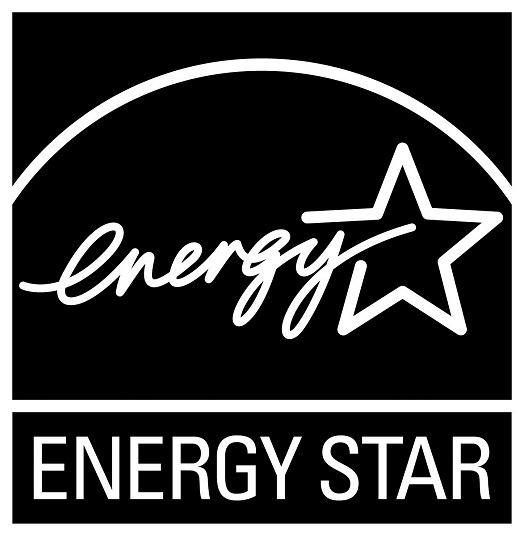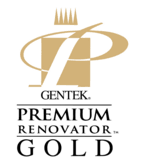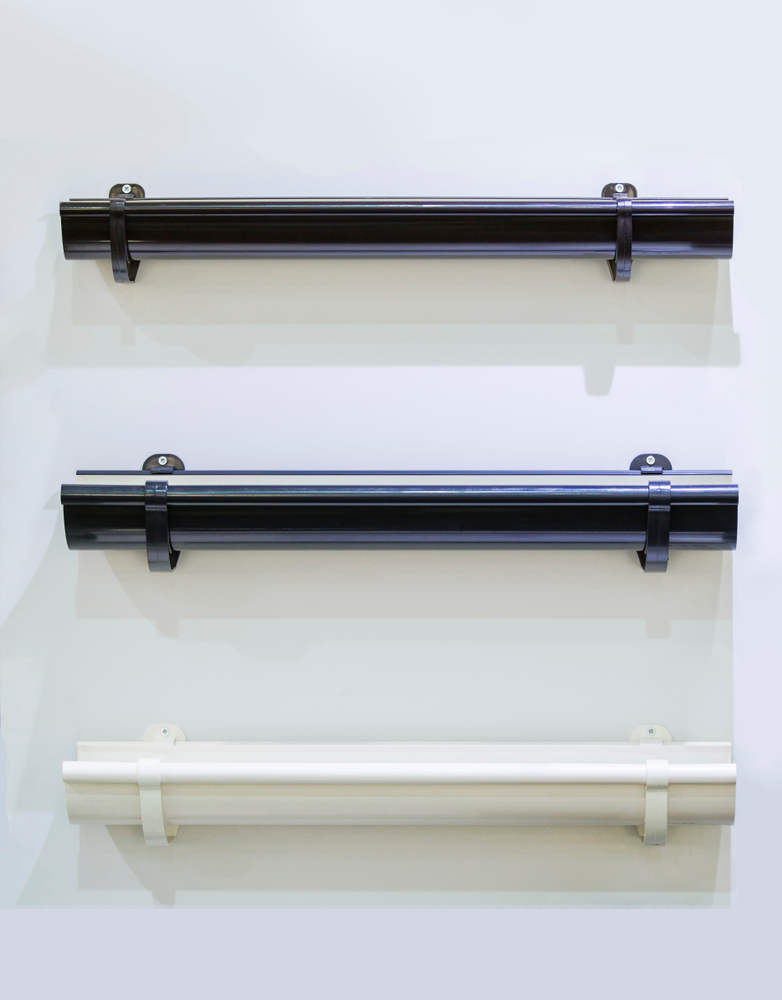We have been installing siding on homes in the London area for over 50 years… that means we’ve learned a thing or two. Technology and resources have changed over the years; our passion for, and knowledge about siding, continues to get stronger as well. We understand that choosing the siding for your home can be stressful and complicated, it is, after all, the first line of defence, protecting your home from the elements. It’s also the first thing neighbours, guests and potential buyers see from the curb. That’s why we thought we’d help you out by comparing some of the most popular choices for siding.
VINYL
A popular choice because of its price and the variety of colours available. Vinyl siding is also what many homeowners call “the safe choice” because it is so versatile, familiar and easy to clean.
PROS: Vinyl is inexpensive and can be installed over your current siding, making it a great retrofit option. It can be installed quickly because it’s easy to handle, which also reduces your labour costs. The colours and textures available are impressive, they can mimic wood shingles, wood grain, even stone.
CONS: Vinyl is easy to clean, but unfortunately you do need to clean it on a regular basis, otherwise dirt and mold can build up. It’s not the most durable choice because it is susceptible to weather damage, the worst-case scenario is you need to replace a panel.
FIBER CEMENT
Made of clay, cement, sand, and pulp, this is a high-quality material that can look like vinyl or wood siding, but with extra durability.
PROS: Fiber cement has a reputation for being easy to maintain and holding up against the toughest weather conditions. It’s also easy to paint so if you have the option to update it before selling down the road.
CONS: Fiber cement is heavy, so heavy that it requires special tools for installation, this drives up building costs. You’ll want to repaint it after 15 years, otherwise, maintenance is pretty nonexistent.
ALUMINUM
Aluminum siding can be a little difficult, but there’s a lot of great reasons to choose it. Since aluminum is a soft metal, its thickness is important. Cheaper siding is about .4 inches thick, it’s referred to as 40-gauge. The standard thickness is 44-gauge, but 53-gauge is popular; it’s more expensive, but the cost is outweighed by its life expectancy.
PROS: The thicker aluminum will last your home 35-40 years. The panels can be installed horizontally or in a vertical format, allowing you more freedom to customize the appearance of your home. Aluminum is great for insulating, especially the thicker metal, this will save you a lot on heating and cooling your home. Aluminum is also a good choice because, unlike vinyl, it doesn’t grow mold, unlike wood, there’s no rot or mildew, and it doesn’t rust like other metal siding. Finally, aluminum siding is fire-resistant, which not only brings peace of mind to the homeowner, but most insurance premiums are reduced for homes with aluminum siding.
CONS: While Aluminum siding has a long life, it will need to be painted two to three times over the years to keep it looking new. Aluminum can also be easily scratched or dented. Our hot summers here in London can cause the aluminum to expand in the summer, which causes some owners to hear some “ping” noises the siding makes while it does this.




